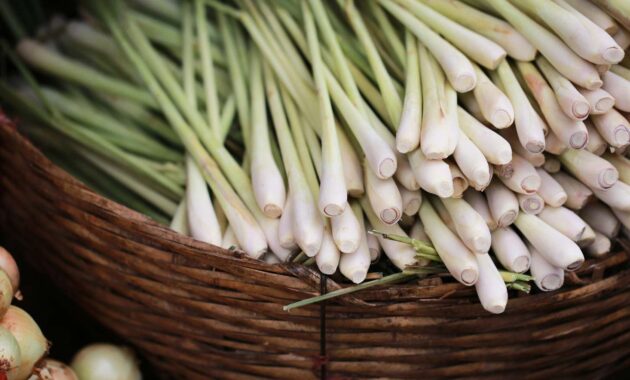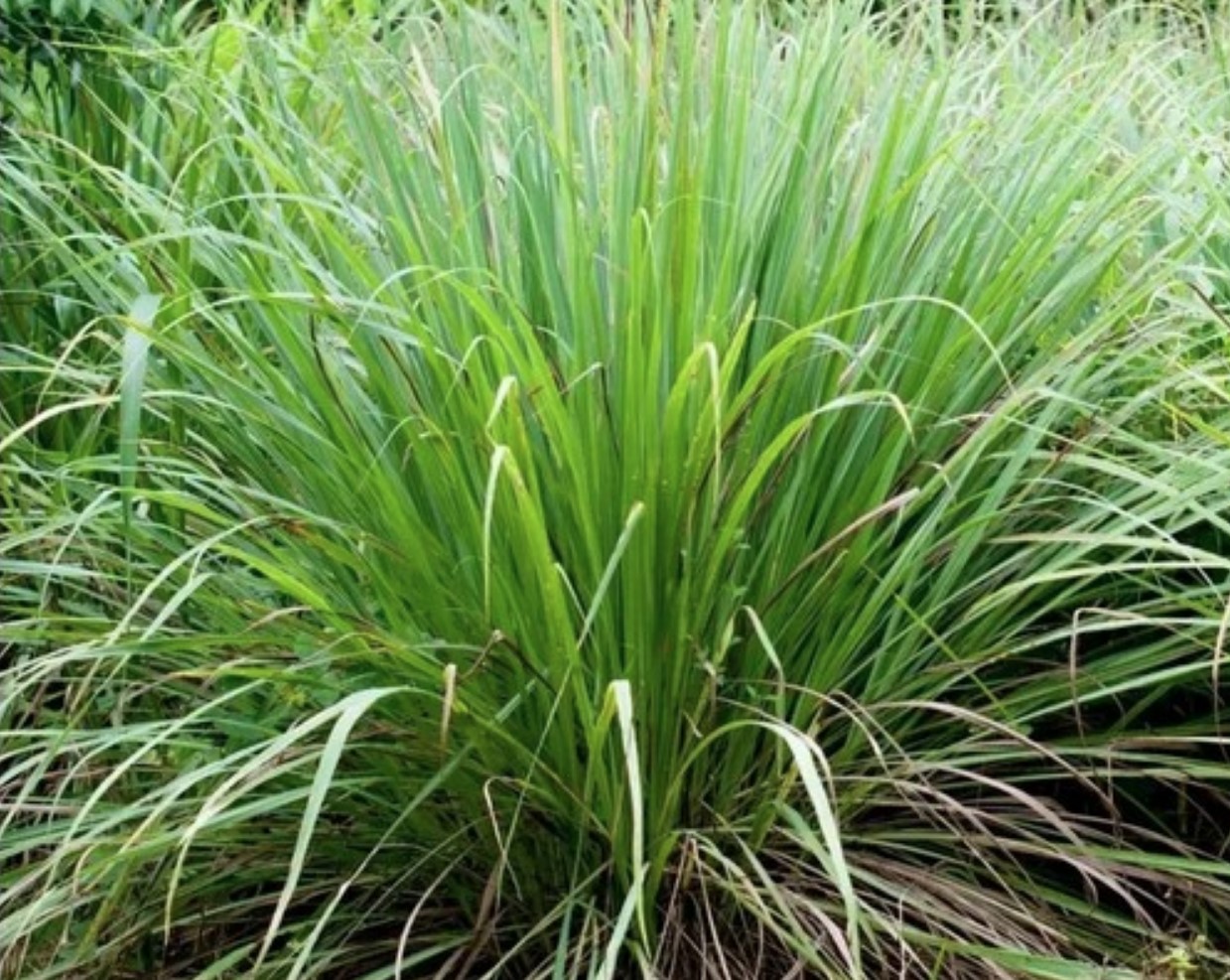
The lemongrass plant is a gem in both the garden and the kitchen. When I first started growing it, I had no idea just how much it would change the way I cook—and even the way I approach gardening. Whether you’re interested in growing it for culinary purposes or you’ve heard about its medicinal benefits, lemongrass is a versatile and easy-to-grow plant that’s packed with a whole lot of goodness.
Overview of the Lemongrass Plant
| Feature | Description |
|---|---|
| Common Name | Lemongrass |
| Scientific Name | Cymbopogon citratus |
| Family | Poaceae (Grass family) |
| Native Range | Southeast Asia |
| Height | 3 to 5 feet |
| Light Requirements | Full sun |
| Watering Needs | Moderate, well-drained soil |
| Primary Use | Culinary herb, medicinal purposes, essential oils |
| Toxicity | Non-toxic to humans and pets |
| Growth Habit | Clumping, grass-like |
| Fragrance | Strong citrus scent |
My Journey with Lemongrass: From Curiosity to Kitchen Staple
I first got into lemongrass out of pure curiosity. I had tried it in a few Thai dishes, and I loved that fresh, citrusy kick it added. But when I saw it at the local garden center, I wasn’t sure what to do with it. I figured, “Why not give it a try?” Now, years later, it’s become one of my favorite plants to grow and use, both in the kitchen and around the house.
Growing Lemongrass: Tips from My Experience
Growing lemongrass is a lot easier than I initially thought. I made some mistakes early on, like overwatering (we’ll get to that), but now I’ve got the hang of it. If you want to try your hand at growing this fragrant herb, here’s what I’ve learned:
1. Light: Lemongrass Loves the Sun
If there’s one thing lemongrass can’t get enough of, it’s sunlight. I’ve found that the more sun it gets, the happier and healthier it grows. My lemongrass is in a spot that gets full sun for at least six hours a day, and it’s thriving. When I first started, I had it in partial shade, and it grew, but not as robustly.
2. Soil: Well-Drained Is Key
When it comes to soil, well-drained is key. The first year I grew lemongrass, I kept it in a spot where the soil stayed damp, and it didn’t do so well. I learned that lemongrass prefers slightly dry soil over constantly wet conditions. Now, I make sure the soil dries out a bit between waterings, and my plants are much healthier for it.
3. Watering: Don’t Overdo It
Like many beginners, I used to think that more water equals a better-growing plant. Not true for lemongrass! Overwatering leads to soggy roots and can even cause the plant to rot. I’ve learned to water deeply but infrequently, especially once the plant is established. If you’re unsure, it’s better to err on the side of less water than too much.
4. Pruning and Harvesting: Keep It in Check
One of the things I love most about lemongrass is how easy it is to harvest. You simply cut the stalks near the base when they’re thick enough (about the size of a pencil), and new ones will grow in their place. Pruning also keeps the plant from getting too wild. During the growing season, I regularly trim off the older stalks, which encourages fresh growth and keeps the plant looking neat.
Lemongrass in the Kitchen: Flavoring Everything from Soups to Teas
What really makes lemongrass special is how versatile it is in the kitchen. I’ve used it in everything from soups and curries to teas and marinades. There’s something about that subtle citrusy flavor that adds a fresh, zesty kick to almost any dish.
1. Lemongrass in Curries and Soups
My introduction to using lemongrass in cooking came from Thai cuisine, specifically Tom Yum soup. It adds a citrusy, aromatic note that balances the spice perfectly. Over the years, I’ve experimented with adding lemongrass to various curries and soups, and I’m constantly amazed at how it elevates the flavors. The best part? It’s super easy to prepare—just smash the stalks with the back of a knife to release the oils and toss them into the pot.
2. Fresh Lemongrass Tea: A Refreshing Drink
One of my favorite ways to use lemongrass is to make a simple, refreshing lemongrass tea. After harvesting a few stalks, I chop them into small pieces and let them steep in hot water for about 10 minutes. Sometimes, I’ll add a little honey or ginger for extra flavor. It’s the perfect drink to wind down with at the end of the day, and it’s packed with health benefits.
3. Lemongrass-Infused Marinades
Lemongrass is also a fantastic addition to marinades. I’ll often blend it with garlic, ginger, and soy sauce to create a lemongrass-infused marinade for chicken or fish. The citrusy notes really come through after grilling, giving the dish a light, fresh flavor that’s hard to beat.
Health Benefits of Lemongrass: More Than Just a Flavor Booster
While lemongrass is a flavor powerhouse, it’s also known for its many health benefits. I didn’t know this at first, but once I started researching, I realized how amazing this plant really is.
1. Anti-Inflammatory Properties
One of the reasons I’ve come to love lemongrass tea is for its anti-inflammatory properties. After a long day, sipping on a warm cup of lemongrass tea helps soothe my muscles and joints. I’ve read that it’s great for reducing inflammation, which is why some people even use lemongrass oil in massages.
2. A Natural Digestive Aid
I’ve found that lemongrass tea also helps with digestion. After a heavy meal, I often make myself a cup, and it really does seem to calm my stomach. It’s said to help with bloating and indigestion, and from my experience, I’d say that’s true.
3. Antibacterial and Antifungal Properties
Lemongrass has been used for centuries for its antibacterial and antifungal properties. While I haven’t personally used it in this way, I know many people apply lemongrass oil topically to treat skin infections or wounds. It’s amazing how nature provides so many solutions in one little plant.
Common Misconceptions About Growing Lemongrass
Let’s clear up a few misconceptions that I’ve heard from fellow gardeners and even thought myself when I first started growing lemongrass:
1. Myth: Lemongrass Is Only for Tropical Climates
While lemongrass does thrive in warmer climates, you can still grow it in cooler areas. I live in a temperate climate, and though I have to bring my lemongrass indoors during the winter, it does just fine in a pot. If you’re worried about cold weather, simply grow it in a container and move it indoors when temperatures drop.
2. Myth: Lemongrass Repels Mosquitoes Just by Being There
Similar to the citronella plant, many people think having lemongrass nearby will keep mosquitoes away. While it’s true that lemongrass contains citronella, you need to crush the leaves or extract the oils for it to be effective as a repellent. Simply having the plant nearby won’t do the trick on its own.

Practical Tips for Using Lemongrass at Home
Over the years, I’ve found some great ways to incorporate lemongrass into my daily life beyond just cooking:
1. Homemade Lemongrass Oil
Making lemongrass oil at home is surprisingly simple. All you need is some fresh lemongrass stalks and a carrier oil, like coconut oil. I chop up the stalks and simmer them in the oil for about 20 minutes, then strain it. The result is a fragrant oil that can be used for massages or even as a natural insect repellent.
2. Lemongrass Air Freshener
If you want to freshen up your home naturally, try simmering some lemongrass stalks in water. The steam fills the room with a refreshing, citrusy aroma that’s much better than any chemical air freshener.
Conclusion: Why Lemongrass Deserves a Spot in Your Garden
From its culinary uses to its health benefits, the lemongrass plant has truly earned its spot in my garden. Whether you’re an avid cook looking to add fresh,



